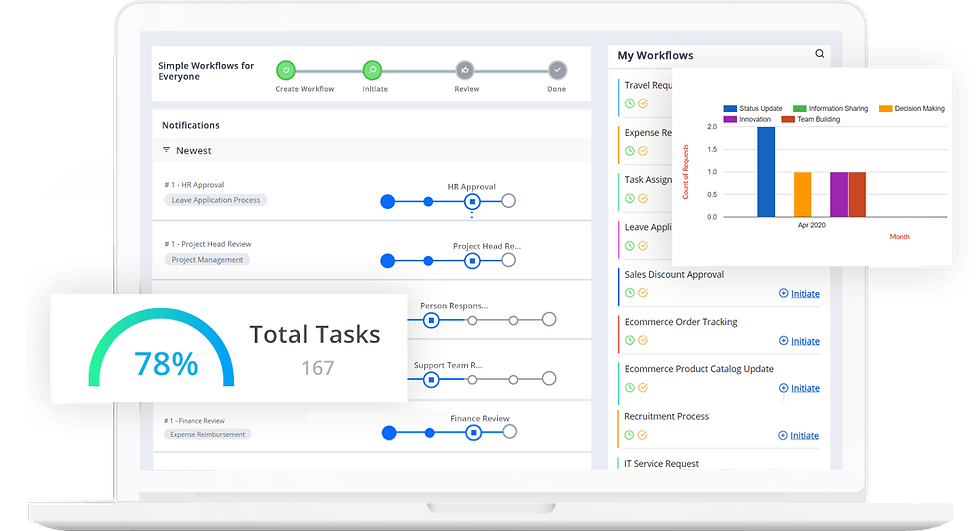What Is Workflow Automation?
- Alfred Stewart
- Jan 25, 2023
- 1 min read
In simple terms, workflow automation is a process that helps to manage and automate tasks. It allows an organization to reduce human errors and improves the overall quality of work. Using an automated system, employees can focus on more important and complex tasks.

Depending on the needs of your business, you can use a workflow system to automate any number of tasks. Choosing the right tool for your needs can help you save time and money. If you have existing integrations, you might find it easier to build an end-to-end workflow solution than to create one from scratch.
Workflows can be static or dynamic. A static workflow will only perform the steps in a pre-defined sequence. On the other hand, a dynamic workflow can change according to the circumstances.
The most efficient way to implement a workflow is to map out all of the processes that you want to automate. This requires an in-depth knowledge of the operations of your business. Once you have the workflow mapping process down, you'll need to define the workflow's goals and objectives. Defining the best workflows will have a huge impact on your organization's productivity.
For example, if your organization is launching a new software application, you'll need to set up a workflow to integrate the app with your existing systems. You can also use a workflow to automate the process of signing off on a time sheet.
Creating an automated workflow may require your employees to learn new skills. However, it can also make your employees more productive. Plus, it can reduce errors and improve customer satisfaction.
SITES WE SUPPORT
SOCIAL LINKS



Comments